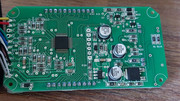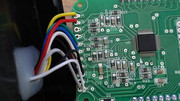Hello
Helping repair a Batribike Dash Folding Electric Bike for someone. It was left outside for a long period and stopped working, presume got water damage.
Battery was replaced, however still no luck. Using the new battery, the display seemed to go on and then go grey across the screen (that's what I was told). The battery BMS was cleaned and looked to work, but still even with a new or old battery, still no luck.
Using a multimeter I checked and the lcd/display box was getting 40v, so we are guessing the controller is OK, but the LCD is fried/the fault?
The issue we are having is we cannot find a replacement display, even an alternative one, it's 8 pin. Any suggestions or alternative methods, such as just using a different display, but if this is possible and which ones?

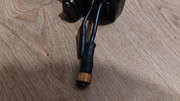

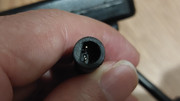
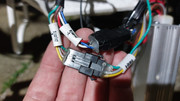
Helping repair a Batribike Dash Folding Electric Bike for someone. It was left outside for a long period and stopped working, presume got water damage.
Battery was replaced, however still no luck. Using the new battery, the display seemed to go on and then go grey across the screen (that's what I was told). The battery BMS was cleaned and looked to work, but still even with a new or old battery, still no luck.
Using a multimeter I checked and the lcd/display box was getting 40v, so we are guessing the controller is OK, but the LCD is fried/the fault?
The issue we are having is we cannot find a replacement display, even an alternative one, it's 8 pin. Any suggestions or alternative methods, such as just using a different display, but if this is possible and which ones?







